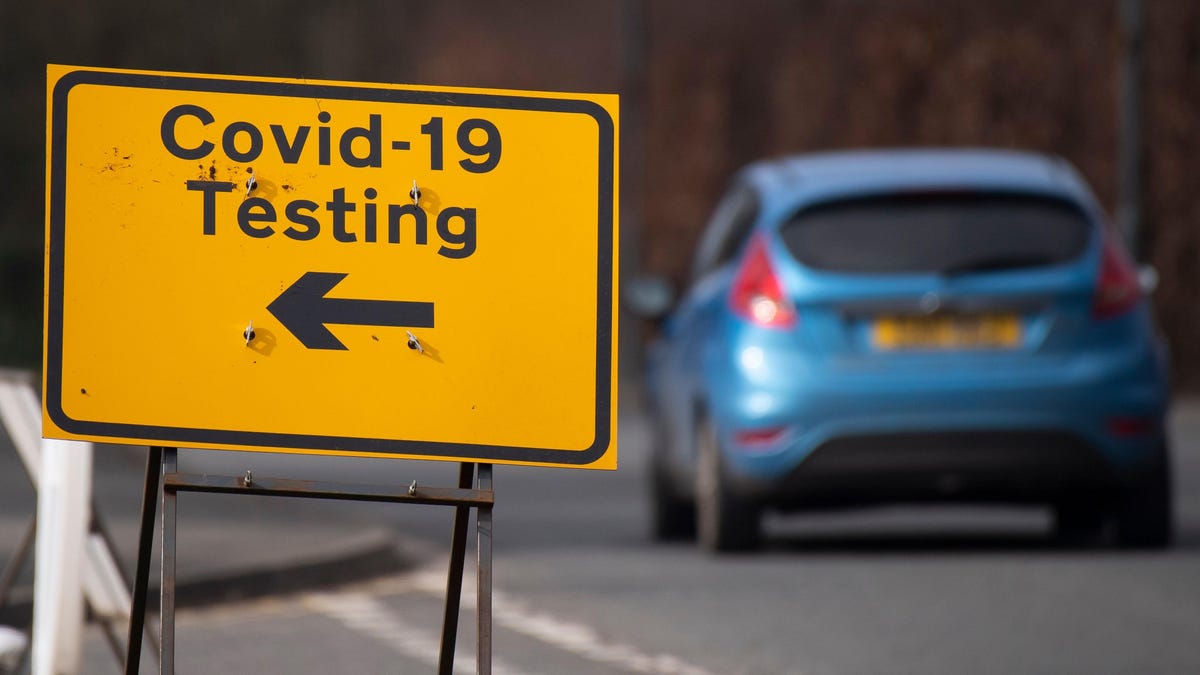Published March 2, 2023
7 min read
Less than a three-hour drive from São Paulo city lies one of the most threatened rainforests in the world, and it isn’t the Amazon.
Hugging Brazil’s southeastern coast, the Atlantic Forest is one of the world’s eight “hottest hot spots” for biodiversitysheltering flora and fauna found nowhere else on Earth. However, more than 80 percent of this UNESCO World Heritage site’s tree cover has been lost to climate change and other human activities, such as agriculture and urbanization, while the Amazon has lost 19 percent. Today only seven percent of the Atlantic Forest is left.
But new research finds that the forest offers a unique opportunity for landscape restoration, which would protect endangered species and valuable water resources. What’s more, restoring the forest would make the area—and the planet as a whole—more resilient to climate change.
Emerging ecotourism is helping by shining a light on the forest’s many natural wonders, among them bioluminescent mushrooms and hundreds of caves. At the same time, these efforts are boosting the country’s rural economy and improving the quality of life for the more than 145 million Brazilians, including Indigenous communities, who call the biome home. Here’s how to experience the remnants of this ancient forest.
Mushrooms all aglow
The Atlantic Forest once comprised 330 million acres across Brazil and into Paraguay, Argentinaand Uruguay. Today mostly disconnected fragments dot Brazil, but travelers can find biodiversity rivaling the Amazon in the Ribeira Valley, the forest’s largest intact area. One highlight in this lush zone is the world’s highest concentration of glowing mushrooms.
University of Sao Paulo associate professor Cassius Stevani leads visitors on nighttime hunts for neon fungi at the IPBioBetaryReservea 148-acre stretch of rainforest dedicated to conservation, research, and sustainable tourism.
The primary objective of these treks, offered monthly except in August and September, is to teach travelers about IPBio’s research. The tours and the research facility’s upcoming Museum of Bioluminescence give back, too, by funding further scientific study and conservation at thereserve.
(Here’s why California is having an epic ‘supershroom’ season.)
Of around a hundred bioluminescent mushroom species identified around the world, 27 have been found in the reserve. “While bioluminescent fungi can be found in several places worldwide, Ribeira Valley is the only place now where we can find such diversity of different species in a relatively small area,” says Stevani, the scientist responsible for bringing increased attention to fungi bioluminescence for decades. “On top of that, we know specifically when and where to find them.”
The least studied organisms that emit cold visible light, bioluminescent mushrooms had long been a mystery. That changed in 2015 when Stevani and a team of researchers at IPBio discovered why they glow: to attract insects and spiders that help spread their spores throughout the forest.
(Visit these eight glow-in-the-dark spectacles around the world.)
Stevani, who earned a doctorate degree on the chemiluminescent reaction mechanism involved in glow sticks, says IPBio’s work offers the potential to discover new tools for academic and commercial applications, such as the ability to detect toxins in soil and genetically engineer plants to light up our homes.
Trekking through a wet forest in the dark can be an eye-opening adventure for travelers. But experiences like this are also an important way to preserve the forest, which is home to72 percent of Brazil’s population. That includes communities living in quilombosrural settlements founded by enslaved Africans.
(For Brazilians living in quilombos, their identity was forged through resistance.)
“When we didn’t have tourists here, people would resort to hunting or extracting the heart of palm [juçara palm] and that’s harmful to the environment,” says Marina Santos Cruz, a tour guide from São Paulo who is among those living in the biome.
Five centuries of intense logging, agriculture, and urban growth in cities like São Paulodegraded oneof the richest natural areas on the planet to fragments. Growing sustainable tourism provides an economic alternative in the Ribeira Valley, one of the poorest and most under-developed areas in São Paulo, Brazil’s richest state.
“Tourism awakens in people the importance of preserving the Atlantic Forest, its beauty and richness of organisms,” Stevani adds. “The more people are made aware, the greater the strength in the fight to preserve the forest.”
Kathleen Relli is a travel journalist focused on adventure, culture, and sustainability. Find her on Twitter and Instagram.
Note: This article have been indexed to our site. We do not claim legitimacy, ownership or copyright of any of the content above. To see the article at original source Click Here













